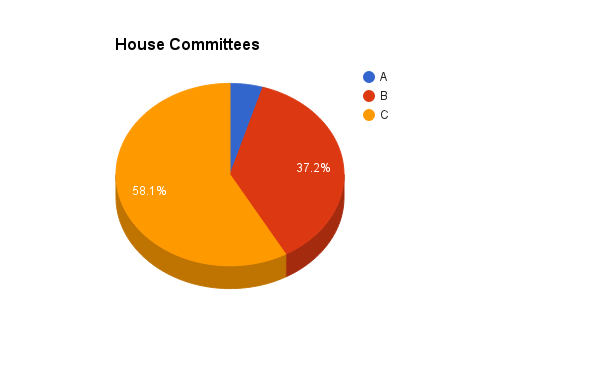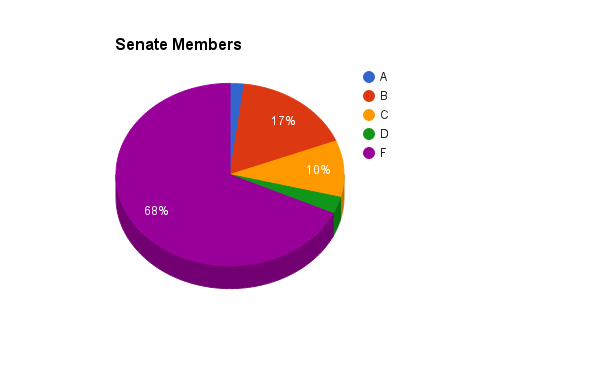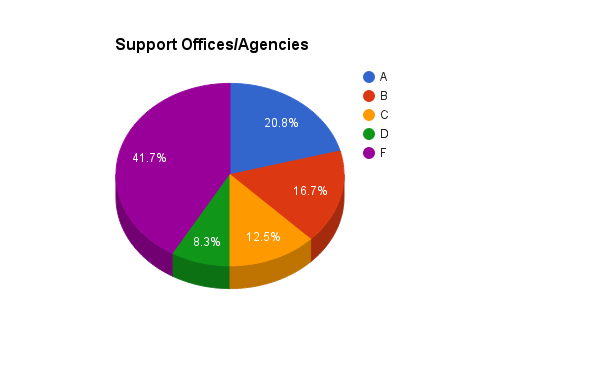Earlier this week our friends at the Sunlight Foundation released a report that concluded “only 15 percent of congressional websites are HTTPS ready.” The use of HTTPS reduces the risk of interception or modification of user interactions with government online services. Coincidentally, building a congressional HTTPS dashboard is on our congressional tools wish list, and I was able to help Sunlight prior to the report’s release by hand-crafting a complete list of House and Senate committee and leadership websites, along with assorted legislative support agencies and offices and a few other useful legislative branch websites.
In looking over their findings and my background research, a couple of things stood out.
First, there is no machine-friendly canonical list of legislative branch websites. While the fairly unwieldly congressional directory published by GPO under the direction of the Joint Committee on Printing does identify the components of the legislative branch, albeit in a PDF-heavy counter-intuitive kind of way, there doesn’t seem to be a digital-age analogue. This spreadsheet, and its GitHub counterpart, appear to be the state of the art. Since I made them, with help, there’s a lot of room for improvement.
Second, the differences between House and Senate committees are instructive. In the House, each committee has two websites at different domains (with minor exceptions like the Ethics committee): one for the majority, the other for the minority. E.g, committee.house.gov versus democrats.committee.house.gov. It’s often very hard to find the link to the minority website on the majority’s webpage. By comparison, Senate committees have one website, with subsections of the site controlled by the different parties, usually the press page. As a practical matter, when the Senate changes parties, non-partisan committee information (like hearings, testimony, etc.) is most likely to persist on the committee webpage than in the House. On the other hand, the House’s recent deployment of docs.house.gov ensures that important committee information is kept in the non-partisan Clerk’s hands, is searchable across all committees, and should last in perpetuity. The House’s approach appears to be a better institutional solution from a preservation standpoint. The current approach reflects where power is located in each chamber.
Three, there are a handful of major support offices that do not have their own webpages, particularly in the Senate. There’s also a ton of commissions that I didn’t bother to research.
Fourth, and finally, the House is doing a much better job with respect to HTTPS than the Senate, and the support agencies are all over the place. With the Executive branch considering adoption of a HTTPS-only standard, it will be interesting to see how the legislative branch addresses the issue.
The following charts summarize Sunlight’s rankings of the various offices, using a letter grading system. A full explanation of their A-F grades is on their website.






